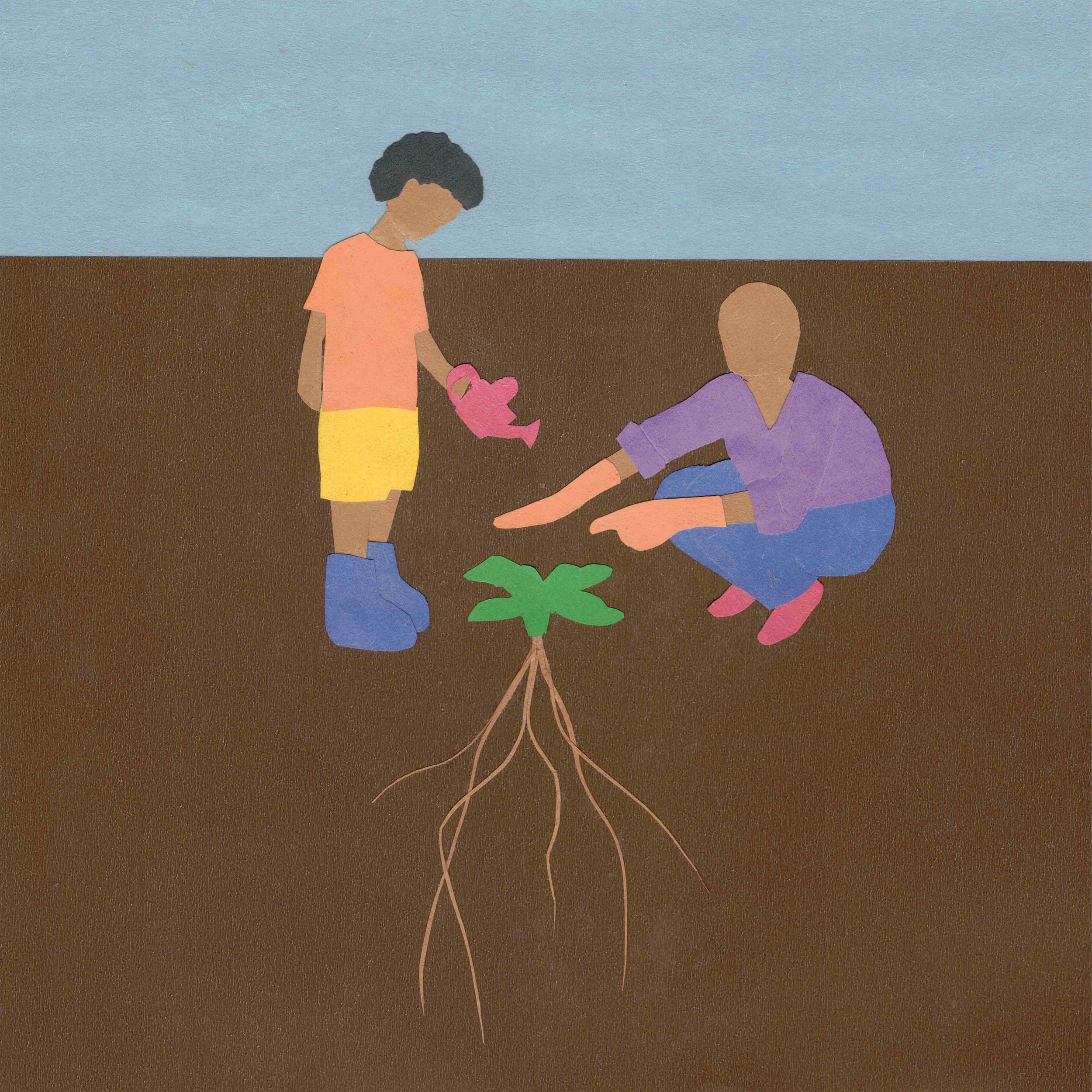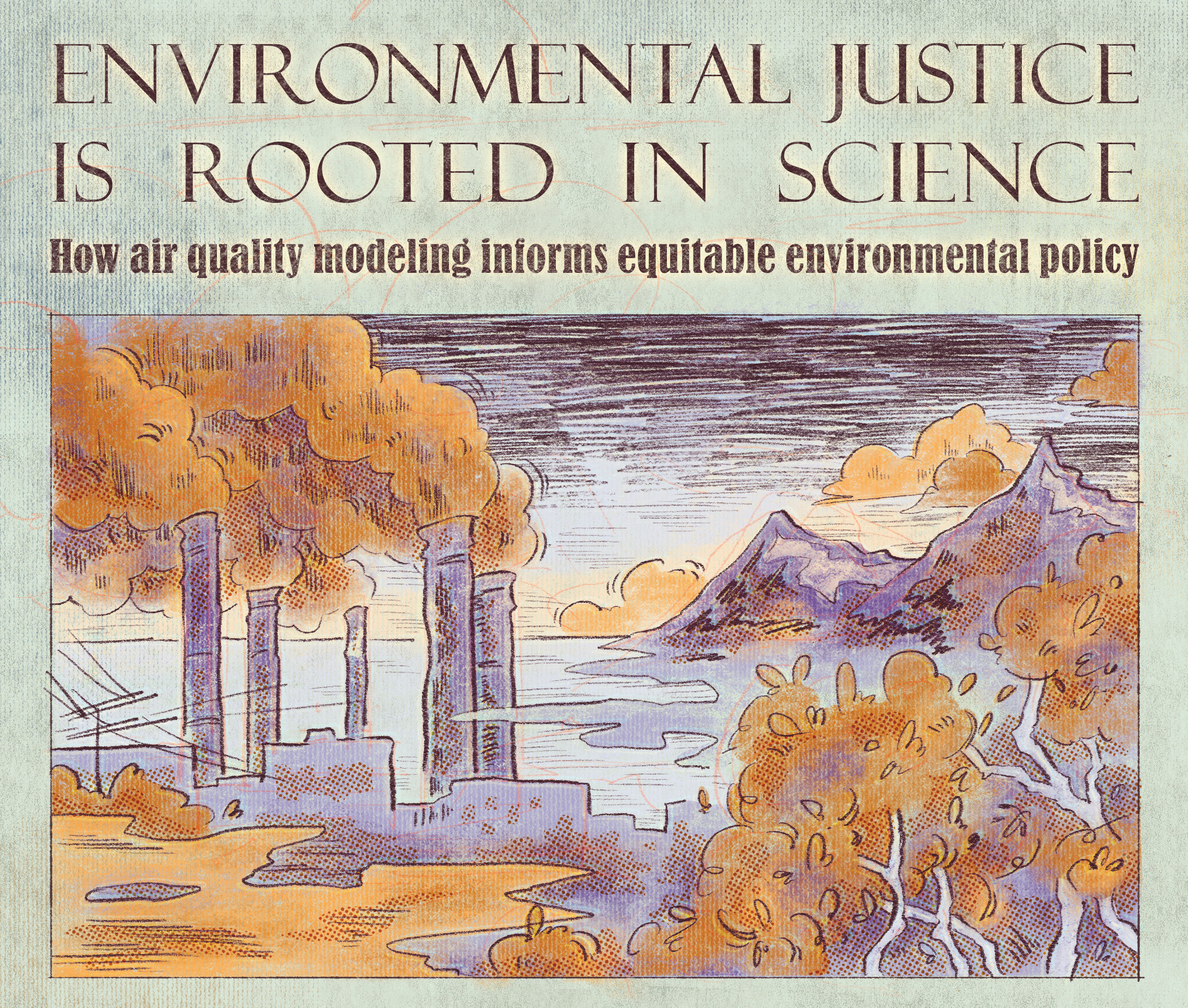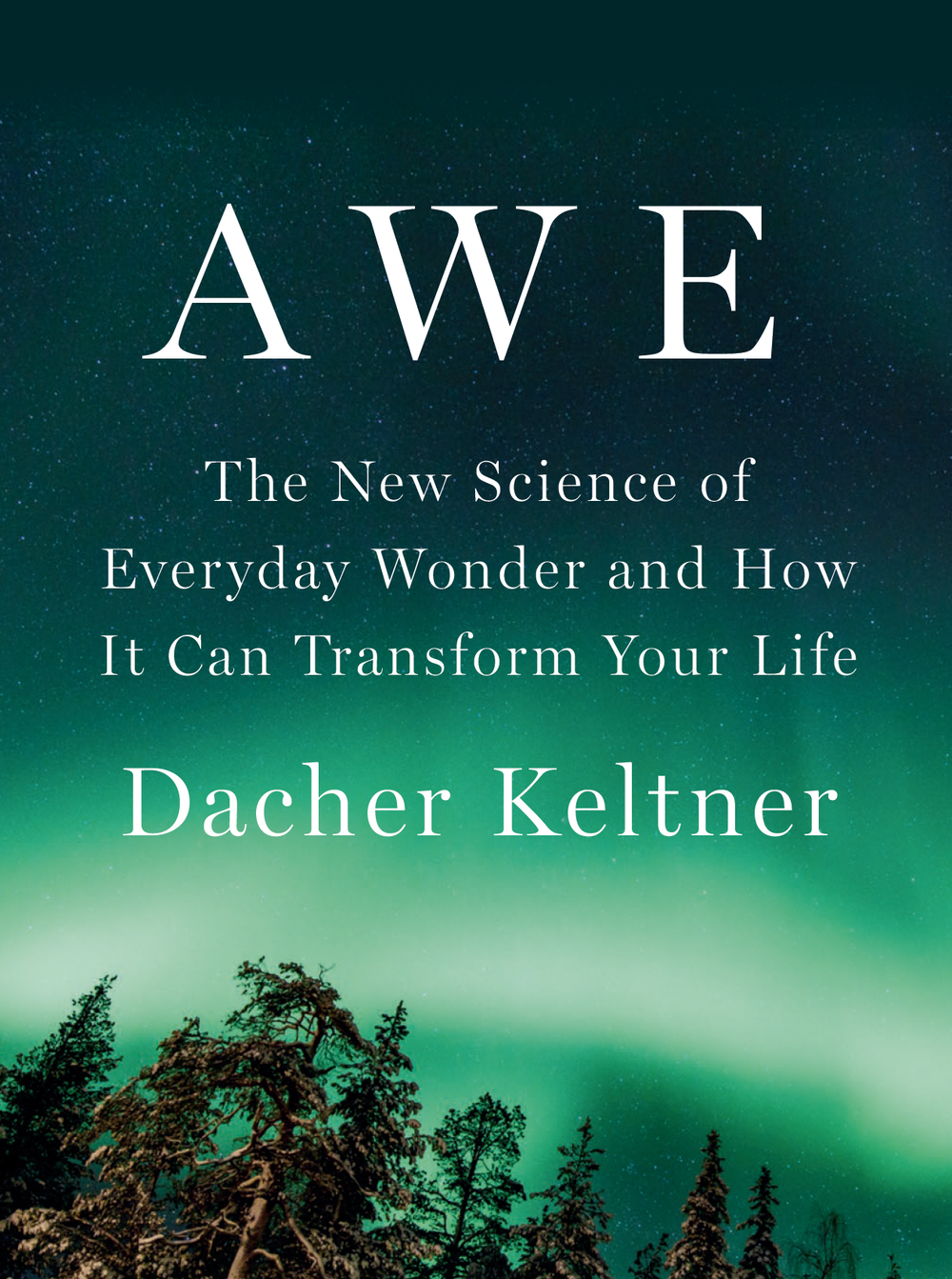Cultivating science in the community
Sowing seeds for community wellbeing through urban agroecology

Sustainable land use and urbanization
If you have taken a stroll through the East Bay, you have likely stumbled upon plots of land that have been transformed into urban farms filled with fresh produce like radishes, tomatoes, strawberries, corn, apples, peaches, and even zinnias and marigolds. These urban farms fill a very important role in our ecosystem and directly address issues that arise due to rapid urbanization. Continuous industrialization and urbanization have led to decreased soil biodiversity, changes in soil carbon fluxes and soil hydrology, water pollution, and deforestation. These environmental effects of urbanization all directly affect soil health, which is the foundation of our food, fiber, and fuel systems. Furthermore, rapid population growth comes with inevitable changes in community priorities. These priorities can shift from the preservation of green spaces to the push to develop concrete jungles that do not serve the community. Visions for food systems change as people put farming in the past and turn to imported and mass-produced foods. Community-based farming is slowly on the road to retirement for most of the population, but urban farms are reviving this practice. They protect the environment by uplifting community-based knowledge, re-introducing people to the wonders of the outdoors, and supporting local food systems. Returning land to communities is the only path forward for a sustainable future. Restoring agency to communities allows them to build local food networks tailored to their specific needs.
Urban agroecology and farming for food sovereignty
Urban agroecology is a type of farming that centers ecological and non-chemical practices and supports social justice initiatives. It is based on La Via Campesina, a social justice movement developed in the Global South that diversified farming communities and coordinated peasant farming movements. The mission of La Via Campesina is deeply rooted in returning power to the worker. Founded in the late 1900s when government support of rural agriculture was diminishing, farmers formed a global coalition to advocate for their civil and political rights. To continue championing these values, urban agroecology today addresses community food needs, encourages sustainable land use, and benefits soil health while highlighting the voices of the people.
Urban farms provide more than just food—they also lead educational workshops, support urban greenspaces, and cultivate a place for community members to connect. These green spaces function not only as community gardens, but they also provide a gathering space for the community. Urban farms are entities that merge food chain demands with sustainable land use while directly benefiting communities. Ultimately, urban farms not only critically contribute to meeting the demands of local food systems but are also an example of how multiple community needs can be sustained through community-based food systems.
According to UC Agriculture and Natural Resources—a statewide program that bridges research in agriculture, natural resources, nutrition, and youth development with local communities—there are currently 100–200 active urban farms in the East Bay. A survey of 35 urban farms in the East Bay led by UC Berkeley researchers Dr. Alana Siegner, Dr. Charisma Acey, and Dr. Jennifer Sowerwine found that a single urban farm provides food to 250 individuals weekly, totaling in over 8,700 individuals being served by the 35 urban farms overall. On average, each urban farm only uses 0.5 acres to produce the food needed for all these individuals. These values might seem small, but they represent opportunities for growth and expansion.
One such urban farm is Acta Non Verba: Youth Urban Farm Project (ANV)—a local urban farm in Oakland. Their mission is “to elevate life for youth and their families in Oakland and beyond by challenging oppressive dynamics and environments through urban farming and access to the natural environment.” Founded by women and people of color, ANV has been serving the community for over a decade, offering programs such as student camps and community supported agriculture. They have two locations in West Oakland and one in East Oakland. According to Sarah Miller, the Director of Food and Farms, the farm focuses on human rights work and food sovereignty. Miller explained that ANV “teach[es] youth how to explore and grow food and have a little bit of connectedness in an urban environment to ecology, environmentalism, and all the things those activities encapsulate.”
Not only do urban farms such as ANV serve communities through local agriculture and shared spaces, but they also build generational and symbiotic relationships with real people. When describing ANV’s camp, Miller says, “It’s this wonderful symbiotic relationship of folks that have been through the program coming back to the program in a different way, and parents and grandparents send their other youth through the program as well.” In practice, urban agroecology spans further than simply providing a sustainable alternative to our food system. Urban agroecology is about building relationships with and uplifting stories of both community members and our shared environment.
Current research: healthier communities, healthier soils
Urban farms link community driven initiatives with scientific goals, as researchers are interested in the ecological and social impacts of this social justice work. Most research on urban agroecology has been oriented around policies to enable and support these resilient urban farm communities. For example, the same UC Berkeley researchers that conducted the survey of urban farms in the East Bay wrote a policy brief where they outlined specific actions that cities can take to support urban agroecology initiatives, such as adding farmer training programs to existing regional job creation programs. While research centered around policy is vital for sustainable and effective integration of urban farms, it is also important to conduct hypothesis-driven research to understand the broader impacts of urban agroecology on the environment and communities. However, the broad scientific angle of urban agroecology has, until lately, remained a black box.
In recent years, researchers at UC Berkeley have been on the frontlines of understanding the environmental and ecological impacts of urban agroecology. Researchers in the Urban Agroecology Lab at UC Berkeley led by Professor Tim Bowles sought to determine the impact of various farming practices on soil health across environments. This work was led by recent graduate Dr. Cole Rainey. Rainey says, “[Our] work has really been to tie together the diverse and complex webs of soil life with the diverse and complex webs of human life and try to tell stories that bring those different ways of understanding and different scales of our food system into conversation.”
Rainey surveyed farmers who practiced similar forms of intensive and scale farming (i.e. forgoing mechanized tools) in distinct geographies. Rainey found that despite belonging to diverse racial and economic backgrounds, the farmers practiced similar methods. To understand the connection between these farming practices and soil ecology, Rainey examined soil food webs and carbon accumulation and found that cultivated land was associated with increased soil carbon storage, which could serve as a tool for climate change mitigation. In parallel to conducting these analyses in the laboratory, Rainey also surveyed “farmers’ perceptions of their own soil and their unique backgrounds and needs.” They ultimately found that farmers were able to determine what methods were most effective when farming in poor soils, specifically no-till methods. No-till methods have been found to increase soil carbon storage and thus help mitigate the effects of climate change by reducing release of greenhouse gases in the atmosphere.
While Rainey and colleagues notably found that intensive and scale farming was associated with increased soil health, they also importantly centered the community’s expertise and emphasized that farmers’ evaluations of their soils are just as effective as scientists’ biophysical metrics. They say, “The study is also aimed at really celebrating, uplifting, and validating what we know, which is that farmers—people who are connected to the land—have legitimate knowledge. Just as legitimate as academic or scientific ways of knowing.” Rainey’s work emphasizes that urban agroecology goes beyond quantitative metrics and sustainability, as it uplifts the voices of the individuals doing the work on the ground.
The future of the field: cultivating community symbioses
Located less than 15 miles apart, ANV and UC Berkeley Agroecology Lab work separately but in parallel to uphold values of sustainability, community, and food sovereignty in their respective areas of expertise. ANV works directly with local communities to teach youth about food and environment, while researchers at UC Berkeley investigate urban farming practices for environmental health. While the impact of both programs and institutes is undoubtedly deep, together they would go farther—but how can this be accomplished?
Another value core to urban agroecology is reciprocity and symbiosis. To really integrate academic research with community needs, both researchers and urban farmers should find ways to share resources. It could be as simple as testing soil samples locally instead of outsourcing the samples to be tested across the country like ANV currently does by sending their soil samples to Ithaca, NY, explains Miller. This way, urban farmers could gain critical information about their soil quality while also providing samples for local researchers to examine questions such as associations between soil health, urban environments, and cultivation. However, it can be challenging to reveal similar types of shared outcomes. Therefore, it is vital for researchers to seek out community members, the people who are most directly impacted by their research outcomes.
To connect with community, building trust is essential. By building trust, scientists can truly nurture the reciprocal relationships needed to meaningfully navigate this community-oriented research and uncover shared outcomes. A simple and meaningful way to do so is for scientists to integrate themselves into this work. For example, a key factor to Rainey’s success was to engage in urban farming themselves. They say, “Farming myself … allowed me to build trust [with other farmers] across these cultural, racial, and economic differences.” In fact, ANV welcomes volunteers all year round, and the barrier to access is low. The only “requirement” of volunteers is a desire to be outside, have fun, hang out, and get dirty. And if that isn’t enough, ANV is always on the lookout for additional support, such as office work or art media.
Ultimately, urban farming is a discipline that spans beyond social, racial, and economic divides. It is a deeply historical practice that builds coalitions and communities with the ultimate goal of food sovereignty. Within the current tumultuous climate, building community should be the top priority of scientists and beyond. We need to cultivate these reciprocal relationships to support all members of our community and utilize our expertise to serve the greater good. However, it is also important to remember that change can be slow and that being burnt out means no change at all. Sometimes all we need to do is stop and take a breath, reassess the situation, then dive back into the work. Through urban agroecology, power has been reclaimed by the people, demonstrating how communities can support themselves while also giving back to our Earth. As scientists and as community members, we can use similar frameworks to shape our approaches as we move upwards and onwards.
This article is part of the Spring 2025 issue.





